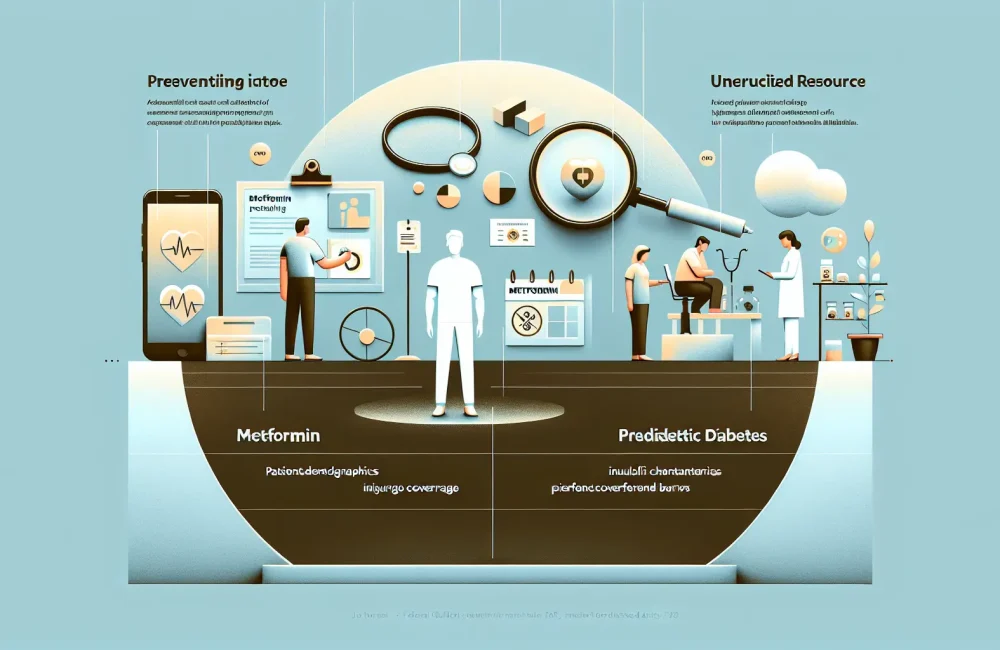By CAFMI AI From Journal of General Internal Medicine
Enhanced Glycemic Control Through Point-of-Care Testing
This study rigorously analyzed the effect of point-of-care (POC) HbA1c testing on glycemic control in adults with type 2 diabetes mellitus (T2DM) managed in primary care settings across the USA. Using a retrospective, propensity score-matched cohort design, the investigators compared 1,200 patients receiving POC HbA1c testing with 1,200 matched counterparts undergoing traditional laboratory HbA1c testing. The groups were matched on multiple key factors, including demographics, baseline HbA1c levels, comorbidities, and diabetes medication use, enabling a balanced comparison. The primary outcome assessed was the change in HbA1c—a critical marker of long-term glucose control—measured at six months after the index test. The principal finding was that patients tested with POC HbA1c showed a significantly larger reduction in HbA1c levels at six months, with a mean decline of 0.8% compared to a 0.5% reduction in the standard laboratory group, a clinically and statistically meaningful difference (p<0.01). These results highlight that POC testing, which delivers immediate HbA1c results during patient visits, may enhance glycemic control by facilitating more timely clinical decisions and patient-provider discussions within the primary care encounter.
Improved Patient Engagement and Medication Management
Beyond glycemic metrics, the study also observed that POC HbA1c testing was strongly linked with higher rates of follow-up visit attendance and medication adjustments. Follow-up compliance was notably greater in the POC group, with 85% of patients attending subsequent visits compared to 76% in the laboratory testing cohort (p<0.001). This increased adherence to follow-up care suggests enhanced patient engagement when patients receive immediate feedback on their glycemic control. Further, medication changes—which reflect clinical responsiveness to glycemic data—were more frequent among patients tested by POC methods, at 45% versus 30% in the standard group (p<0.001). These findings support the clinical rationale that real-time diagnostic information enables providers to optimize diabetes management more promptly, reinforcing structured medication adjustments that can lead to improved outcomes.
Real-World Implications and Future Directions
The findings from this large, matched cohort study provide compelling real-world evidence that point-of-care HbA1c testing can be an effective strategy to improve diabetes management in primary care. By delivering rapid test results at the point of visit, POC testing fosters timely clinical decisions and stronger patient-clinician communication, which are key drivers of better glycemic control and medication adherence. The study suggests that integrating POC HbA1c testing more widely into routine diabetes care may reduce complications through improved metabolic control. Future research should explore cost-effectiveness, patient satisfaction, and long-term outcomes to further validate the broad adoption of POC HbA1c testing as a standard of care in diverse healthcare settings.
Read The Original Publication Here






